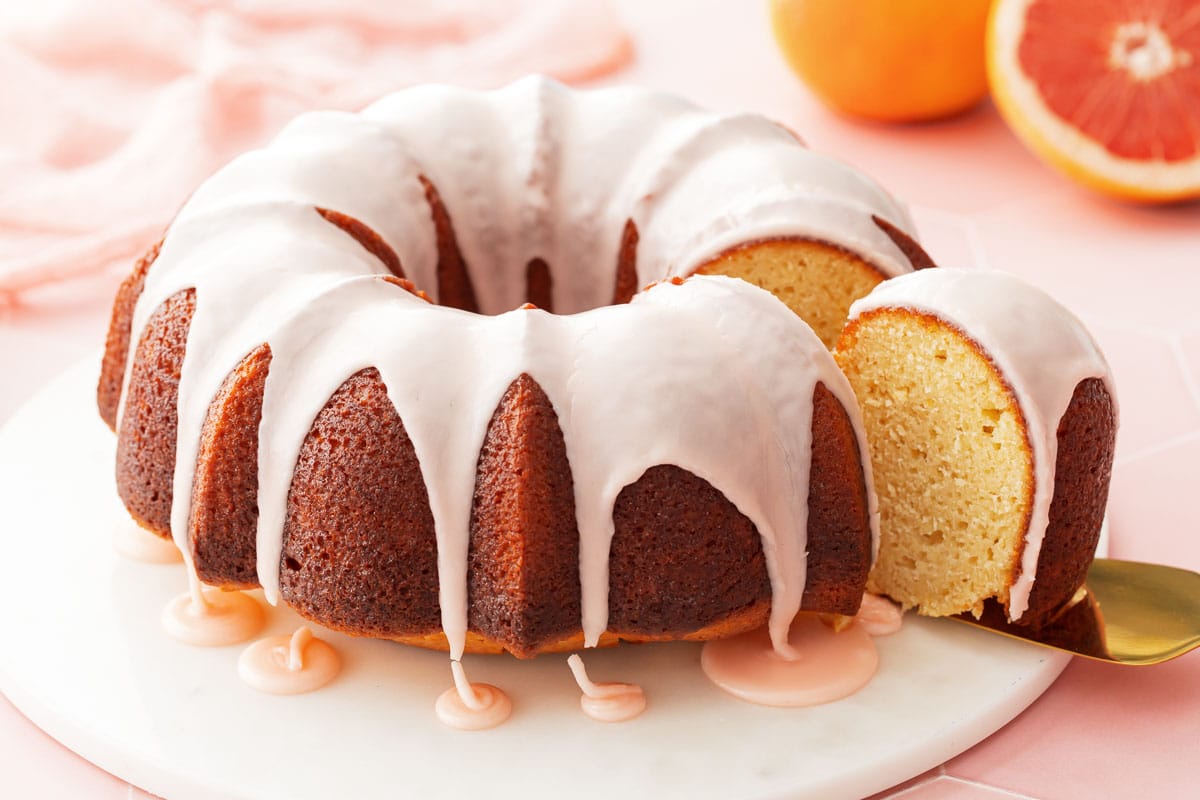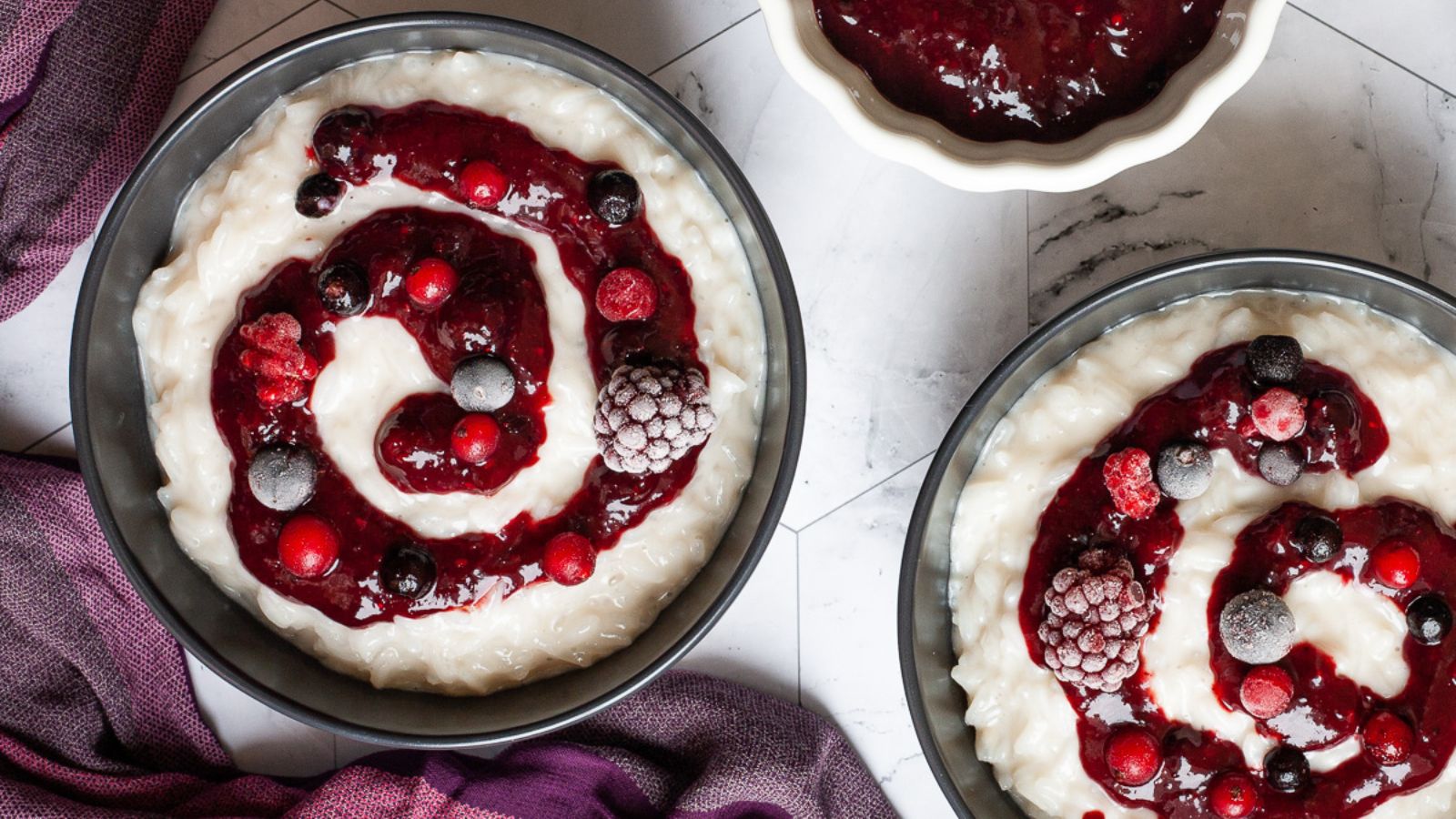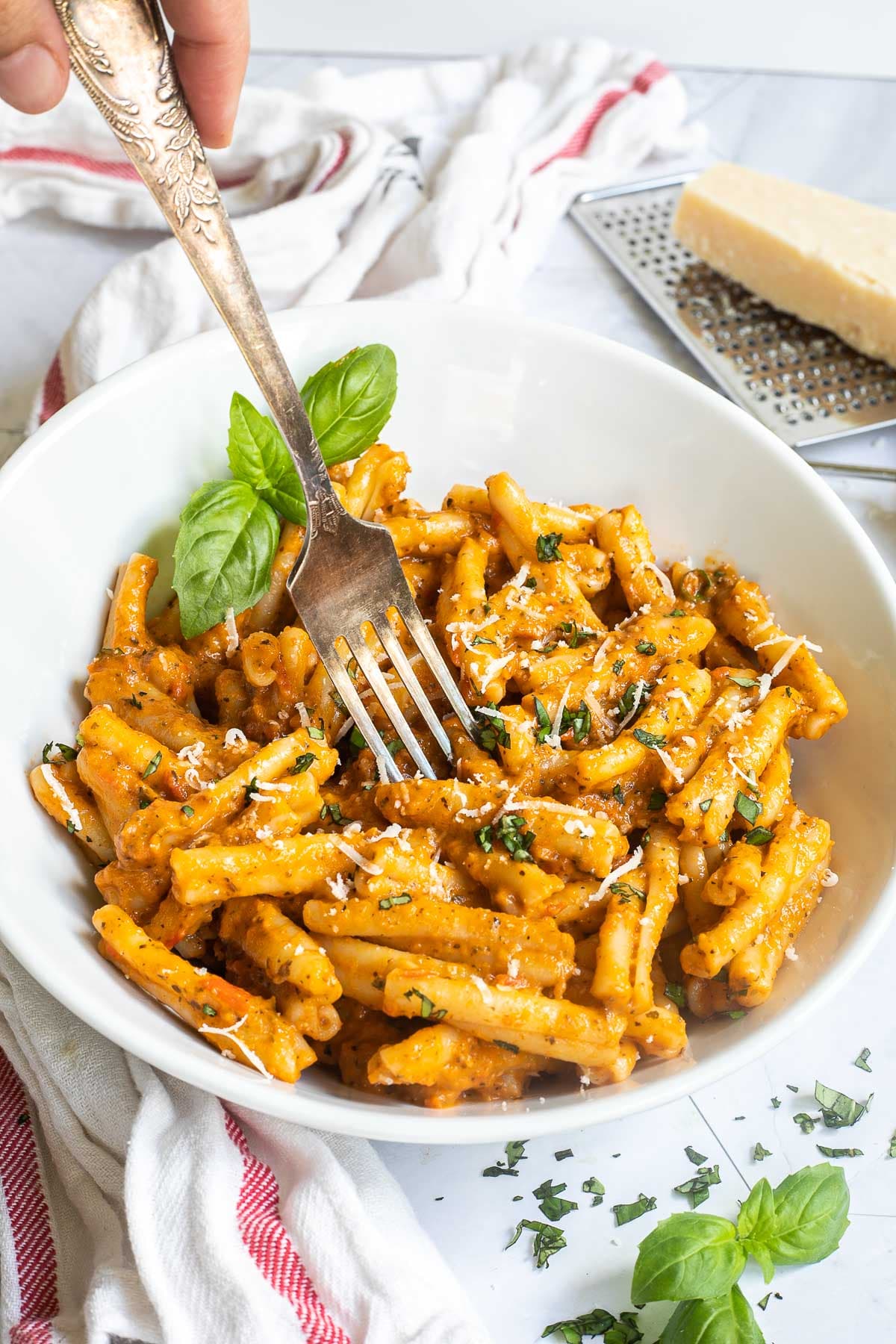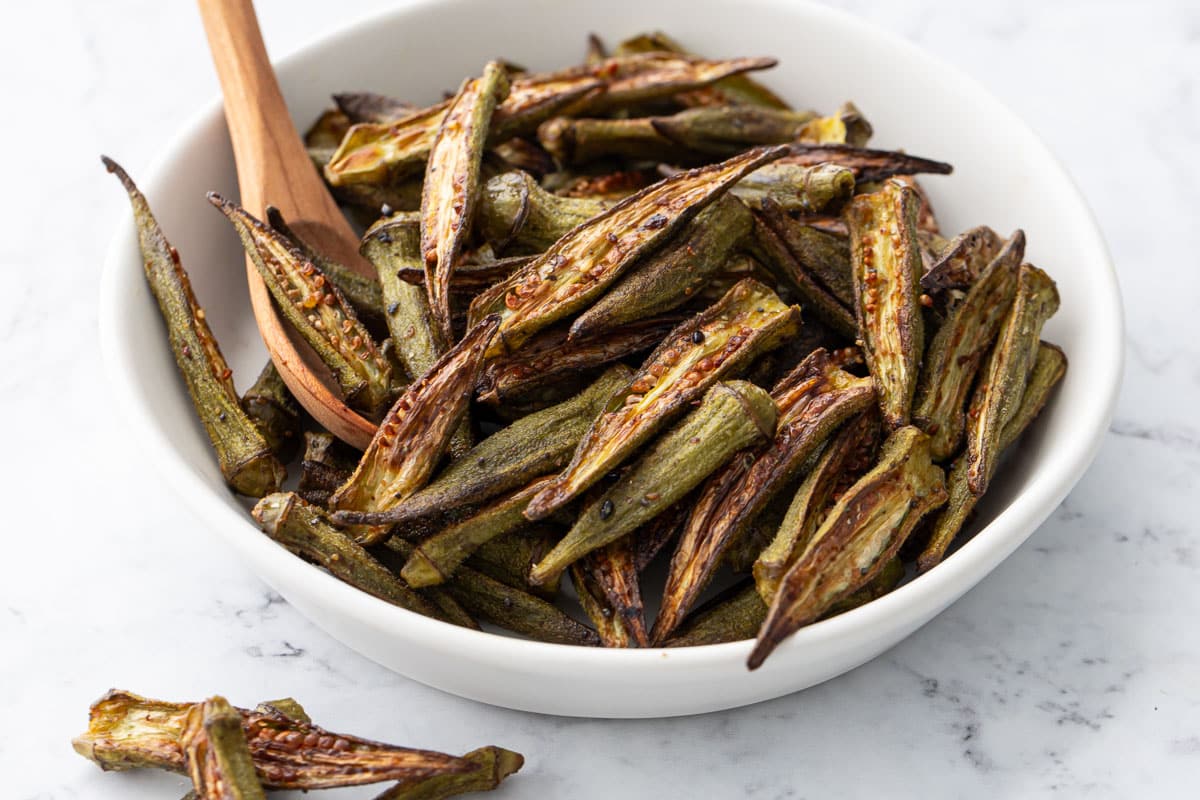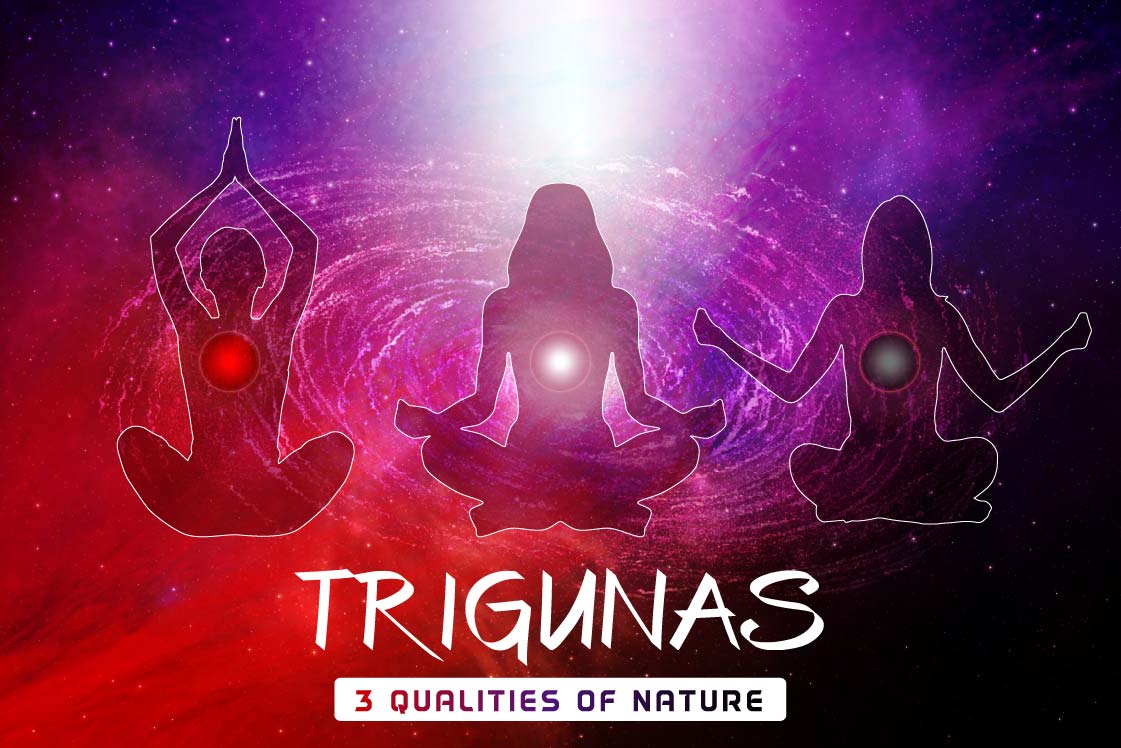7 Best Types of Oyster Mushrooms for Cooking
Oyster mushrooms are one of the most popular mushrooms out there. However, there are over 200 varieties. Are you curious about which type is best for cooking? This guide highlights seven that are the easiest to buy and cook...
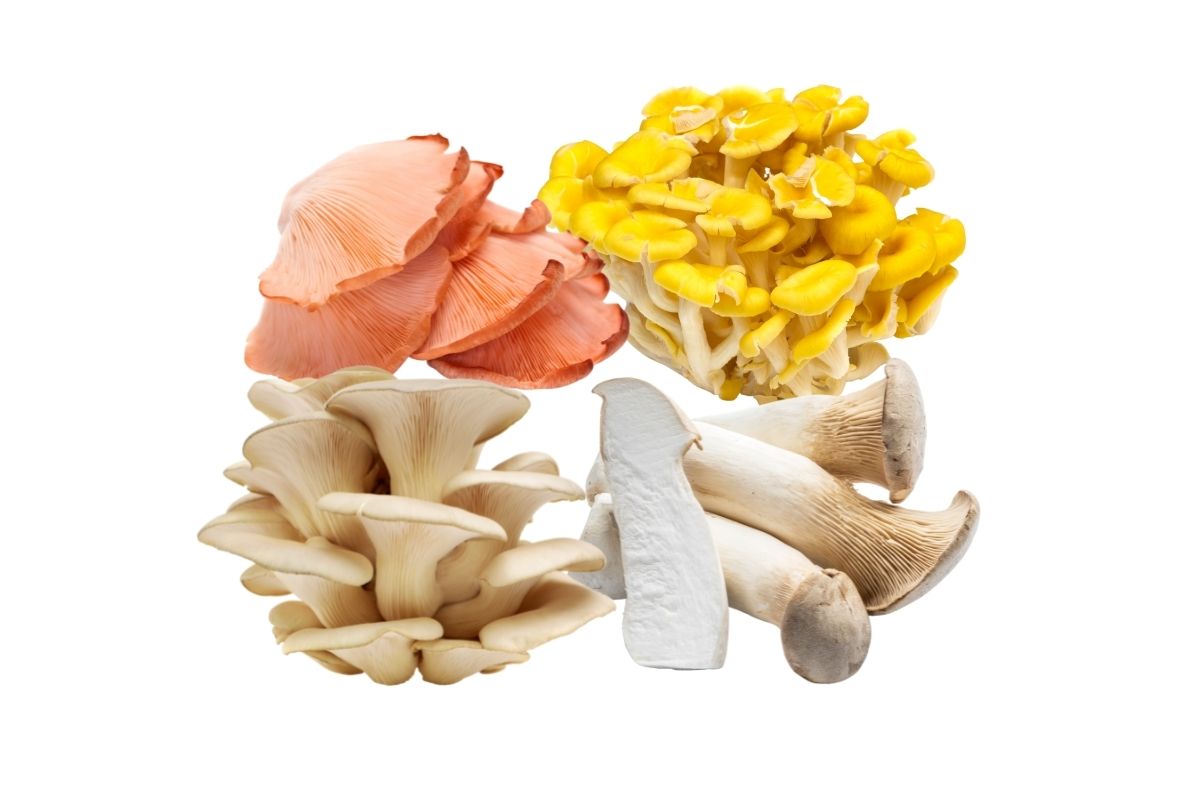
By Nandor Barta on 04/07/2025 - May contain affiliate links. Please read our disclosure.
Oyster mushrooms are one of the most popular mushrooms out there. However, there are over 200 varieties. Are you curious about which type is best for cooking? This guide highlights seven that are the easiest to buy and cook with.

Oyster mushrooms can be cooked 11 ways such as sautéed, stir-fried, roasted, grilled, or even deep-fried, making them incredibly versatile in the kitchen. Preparing them is also easy, just trim and cut, and they are ready to use. If you do not know where to buy them, I know at least six different places.
Jump to:What are oyster mushrooms?How to identify oyster mushrooms Pearl oyster mushroomsKing oyster mushroomsGolden OystersBlue OystersPink OystersBlack OystersPhoenix OystersWhere to buy themFAQsMore articles about oyster mushroomsThe best oyster mushroom recipesWhat are oyster mushrooms?
Beloved worldwide for their unique texture and savory flavor, oyster mushrooms, scientifically categorized as Pleurotus ostreatus, are one of the most common types of cultivated mushrooms in the world.
These fungi have extremely short (or absent) stems and wide, fan-shaped caps which resemble their namesake, the oyster.
Usually found in clusters of small, overlapping mushrooms, these frilly-edged fungi caps can be spotted growing on dead and dying logs, fallen hardwood trees, and coniferous trees.
Due to their fast growth, they are also one of the easiest mushrooms to grow. If you want to try it, read our article about how to grow oyster mushrooms at home.
How to identify oyster mushrooms
Oyster mushrooms are easily identifiable because of their distinctive fan-shaped caps. Usually 5 to 25 cm in size, these fleshy caps do not have any scales or warts, are white in color, and are generally firm to the touch.
They grow in a shelf-like formation, and typically do not have a stem. If they do have a stem, they tend to be quite short and unnoticeable.
The gills of oyster mushrooms are white and decurrent, which means they extend down onto the stem. It is also common for them to have white or lilac-gray colored spore prints on them, and smell faintly like black licorice or anise.
There are several edible look-alikes that are similar in texture or in taste such as Lion’s Mane, Chantelle, Maitake or Shiitake!
Pearl oyster mushrooms
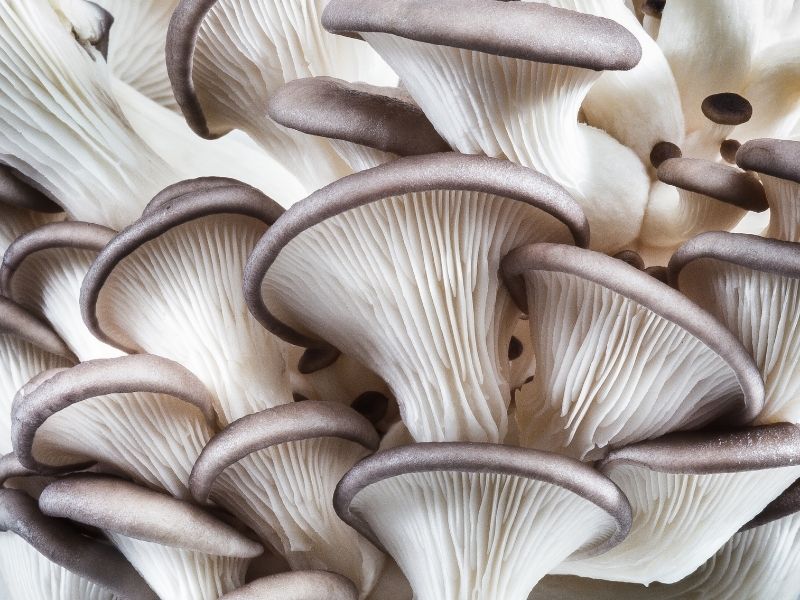
Out of all the different types of oyster mushrooms out there, pearl oyster mushrooms are the ones that are most commonly available in stores.
They are white or light brownish-gray in color, with large visible gills of the same color, and thick, short stems. They have a sweet, woody flavor, and are excellent for adding to dishes to enhance the flavors of the other ingredients.
Most of these oyster mushroom recipes uses pearl oysters.
King oyster mushrooms
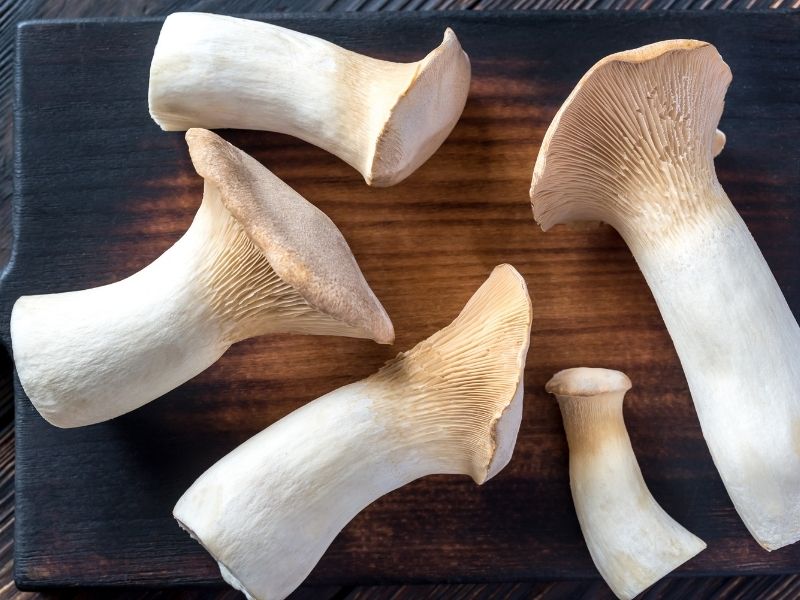
King oyster mushrooms are characterized by small caps and tall, fat stems.
Commonly known as French horn mushrooms or King trumpet mushrooms because of their large trumpet-shaped stems, these mushrooms are brownish-white in color and have smaller caps than those of their cousin, the pearl oyster mushroom.
They’re meaty and full-flavored, and make interesting additions to dishes that use them.
King oyster mushroom recipes are quite popular in vegan cuisine as they are excellent substitutes for pulled pork.
Golden Oysters
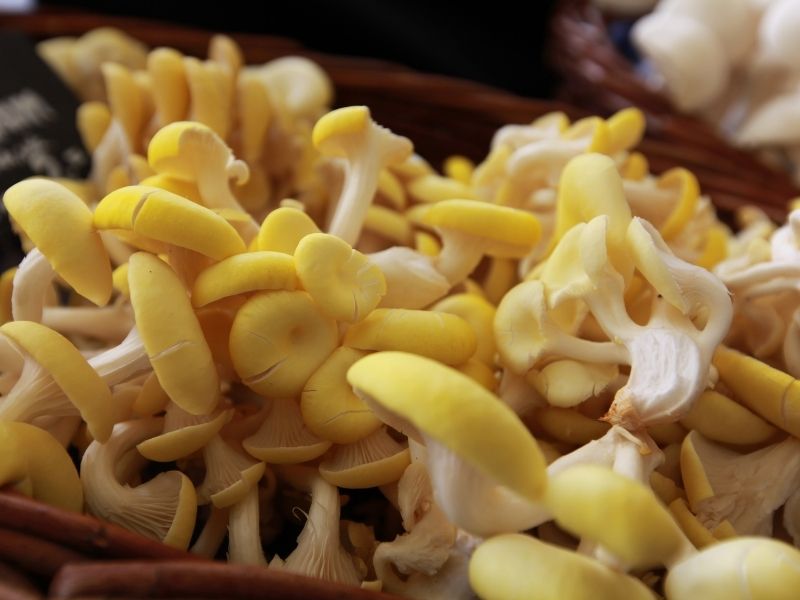
Golden oysters, also known as yellow oysters due to their color, are one of the hardest mushrooms to find. Because they aren’t easily available commercially, mycologists usually grow them at home!
They have delicate caps, grow in multiple clusters, and have a nutty flavor when cooked well. When undercooked, however, these mushrooms can taste bitter. Any recipes calling for pearl oyster mushrooms can be substituted for golden.
Blue Oysters
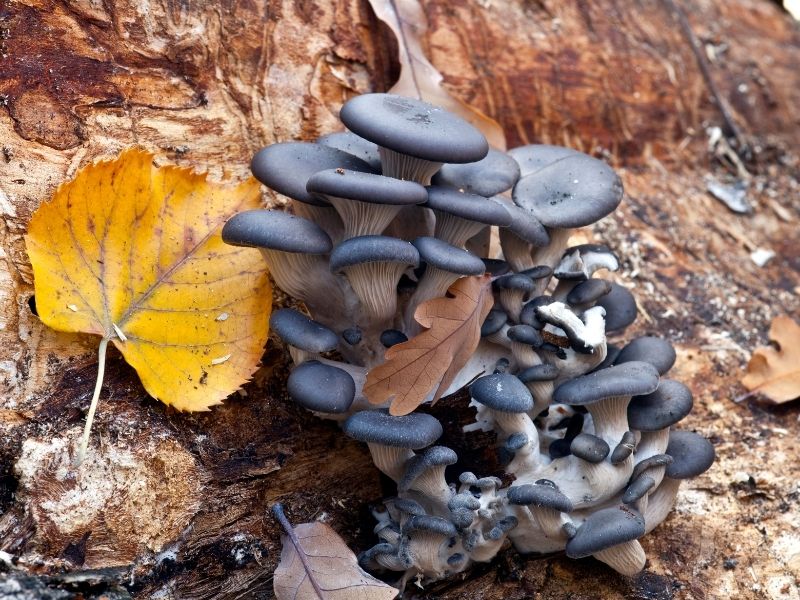
Blue oysters, set apart by their beautiful blue caps, are one of the best mushrooms to use as a meat substitute due to their chewy texture. These mushrooms feature darker caps and paler gills than other oyster mushroom species, and although they start out with a beautiful bluish tinge, they do turn grayer as they age.
When it comes to taste, blue oysters are very similar to pearl oysters, in that they carry a mild flavor with woody and sweet undertones. Any recipes calling for pearl oyster mushrooms can be substituted for blue.
Pink Oysters
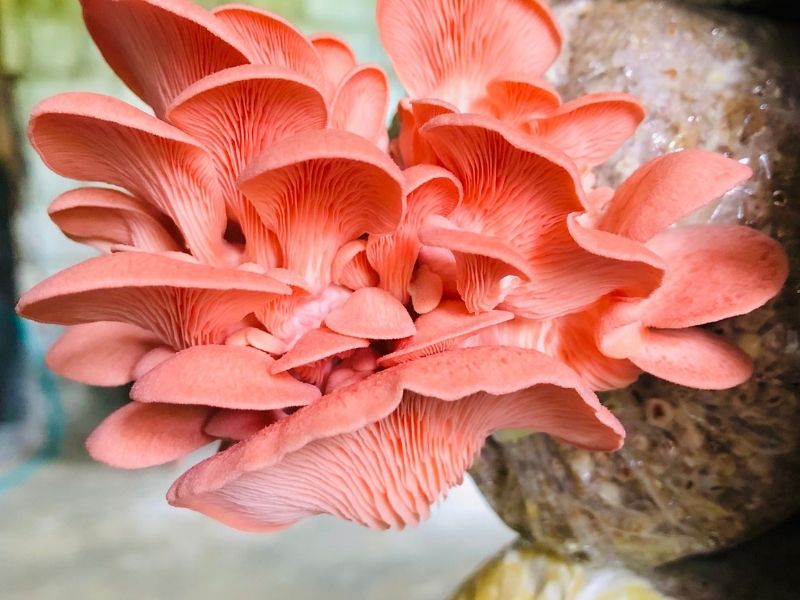
Pretty and vibrantly colored, pink oysters are most easily identified by their attractive ruffles. The undersides of these mushrooms are deep pink in color and feature white spores. Usually found growing in large clusters or bouquets, they can be delicate and thin, or thick and meaty depending on the conditions of the area in which they grow.
They are known for having a woody flavor, and for being a rare variety of mushrooms. That means you’ll be hard-pressed finding them on a grocery store shelf. But, don’t think you have to miss out on trying them because they’re quite easy to grow at home! Any recipes calling for pearl oyster mushrooms can be substituted for pink.
Black Oysters

This beautiful mushroom is known to grow in shelf-like structures and has a one-of-a-kind, black cap with white marbling on its surface. It’s because of this that black oysters are also referred to as Shimofuri, which means “marbling” in Japanese. They feature caps that appear convex when they’re young but become more flat and wavy as they grow, and are known for being meaty and chewy in texture.
They’re said to taste mildly of anise with a touch of umami. Because it is a rare variety that is not typically sold commercially, you are likely to only find it growing in specialty farms. Any recipes calling for pearl oyster mushrooms can be substituted for black.
Phoenix Oysters
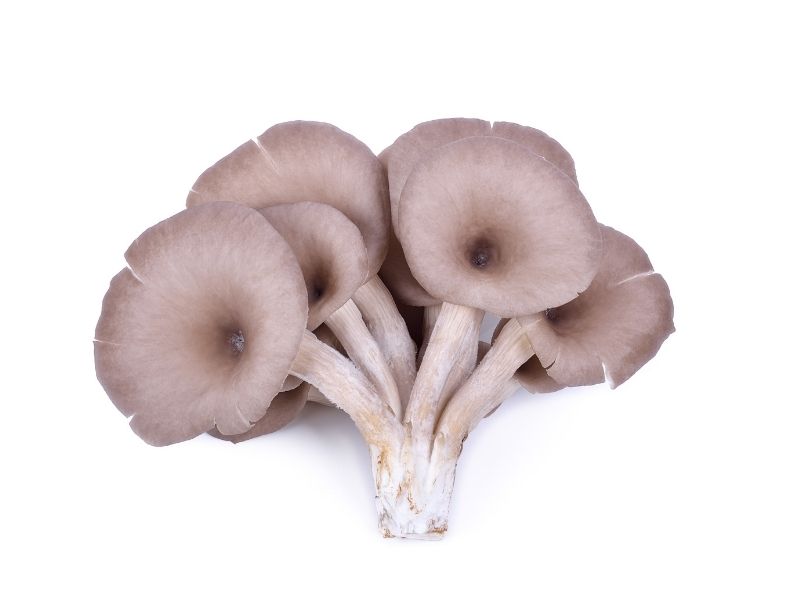
Phoenix oysters are very similar to pearl oyster mushrooms, with the main difference being that the caps of these mushrooms are smaller and paler in color. They also tend to be slightly taller than pearl oyster mushrooms because of their long stems.
From a taste and texture point of view, they are pretty much the same as pearl oysters except for their thicker flesh, which makes them pair well with pretty much any dish. Any recipes calling for pearl oyster mushrooms can be substituted for phoenix.
Where to buy them
Oyster mushrooms are easy to find if you know where to buy them. While all the oyster mushroom types might not be available at your ordinary old corner store, you will definitely be able to find most of them at your local Asian specialty store and online stores like Amazon.
Other places to look for oyster mushrooms sold in both fresh and dried forms include the Asian sections of large-scale outlets like Whole Foods and Wal-Mart.
FAQs
Are oyster mushrooms edible?
Yes, they are edible if you cook them properly. We never eat them raw though. Make sure you don’t mistake it with other lookalikes which might be poisonous.
Are oyster mushrooms chewy?
Yes, they have a quite sturdy, chewy stem that contains less moisture than button mushrooms. That is why they are great meat substitutes in the vegan or vegetarian diet.
How do oyster mushrooms taste?
There are 7 common types of oyster mushrooms we can use for cooking and each has a bit different, unique taste. In general, they don’t have a strong mushroom taste though, and soak up marinades and juices easily.
How do oyster mushrooms smell?
They don’t have a particularly strong mushroom smell at all. There might be slight differences between the various types.
What do oyster mushrooms look like?
They got their names after oysters as they have fan-shaped gills that go along the stem. Their cap is large and their stem is short. Each type has a different color like yellow, pink, blue, and black. The only type which looks different is the king oyster mushroom which has a small cap with really small gills and a huge stem.
Which one is the best tasting oyster mushroom variety?
It depends on what kind of flavor you are after. Black oysters may have a slight anise flavor and blue ones are more nutty, earthy. The best ones for you to try first are pearl and king oyster mushrooms.
More articles about oyster mushrooms
The best oyster mushroom recipes
Browse through to find your next favorite among these 40 oyster mushroom recipes.
Reader Interactions
This site uses Akismet to reduce spam. Learn how your comment data is processed.

 Tfoso
Tfoso 








